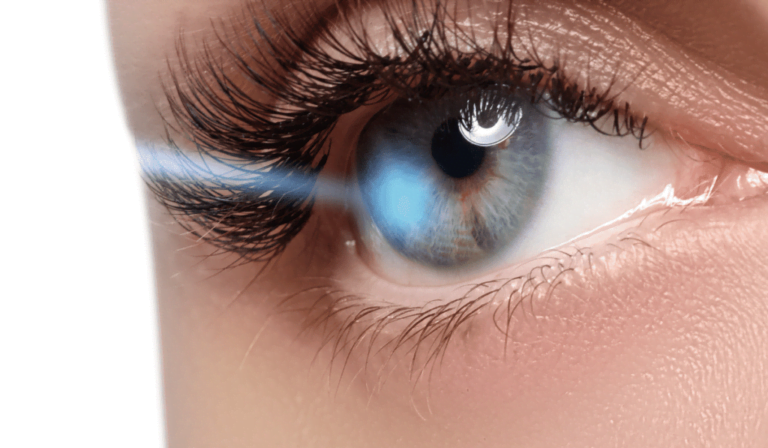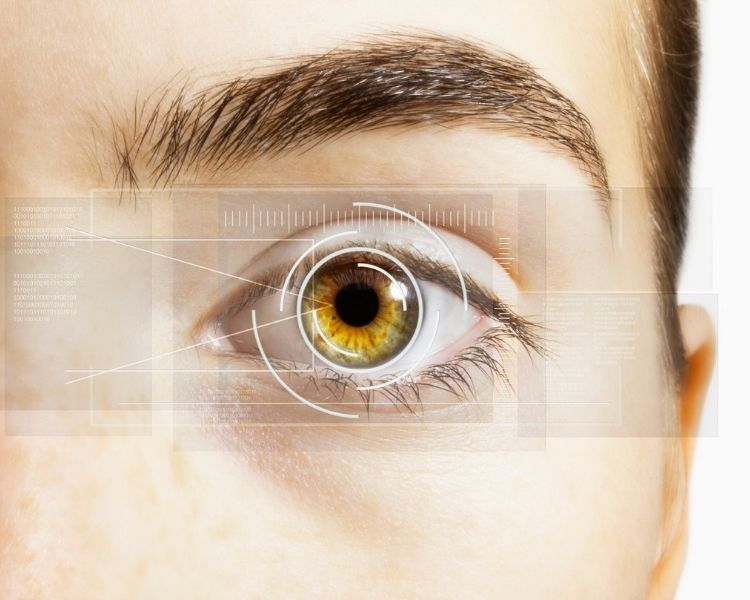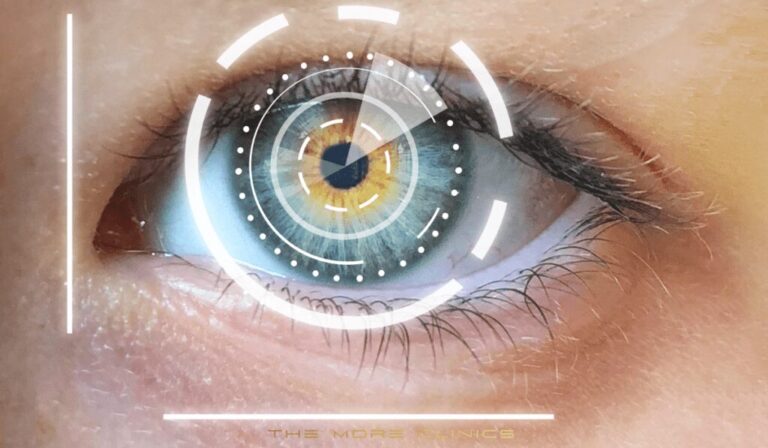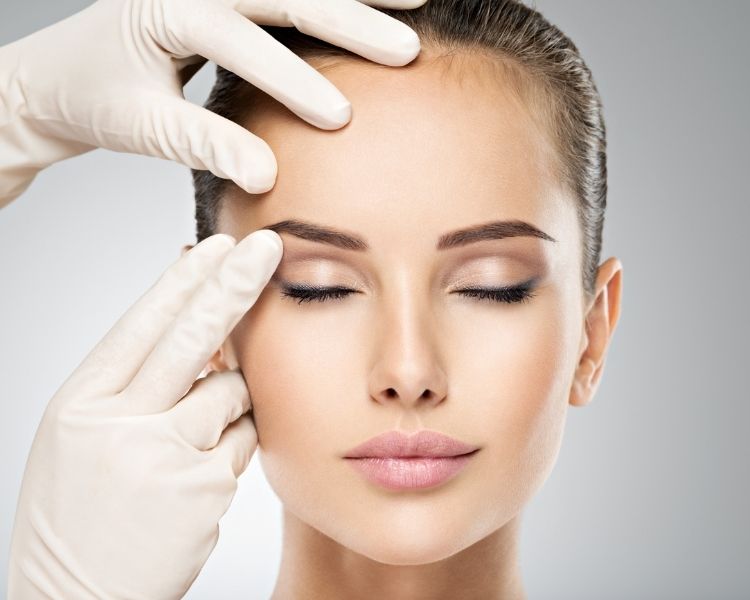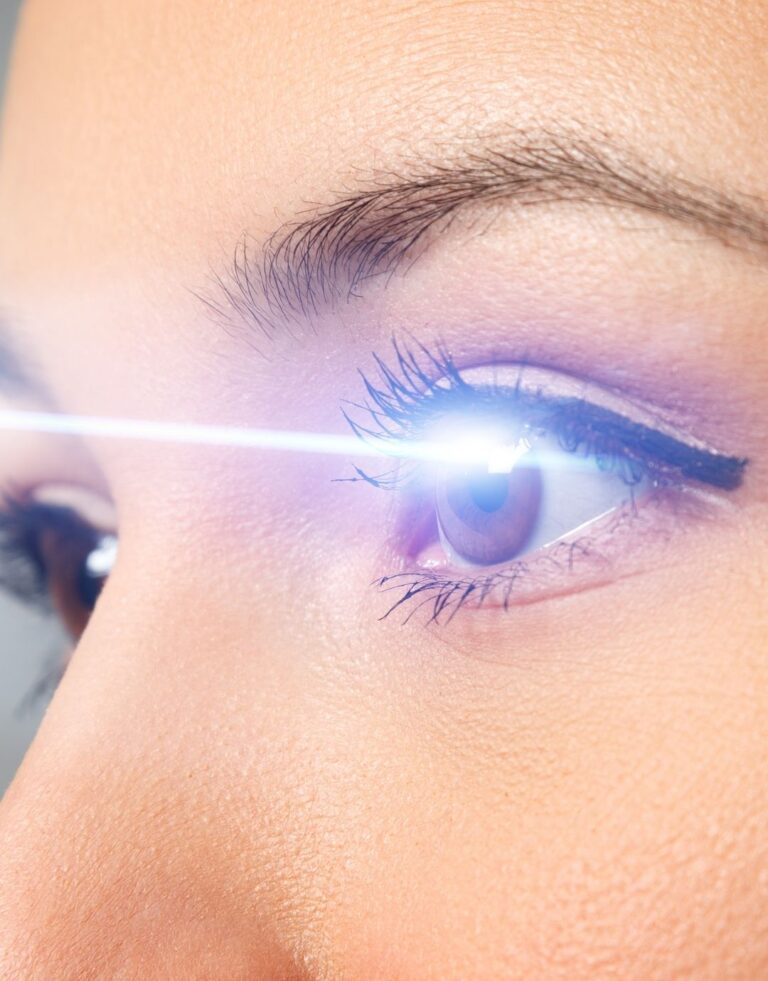What is Cataracts?
Cataracts are incredibly common, affecting millions of people globally. It is estimated that over half of all individuals aged 80 and above either have a cataract or have had cataract removal surgery. This condition is so prevalent that it’s considered a normal part of aging. However, with timely detection and appropriate treatment, it’s possible to preserve vision and maintain a good quality of life. In this informative article, we’ll delve into the various aspects of cataracts, including the different types, symptoms, causes, diagnosis, treatment options including treatments of cataract procedure.
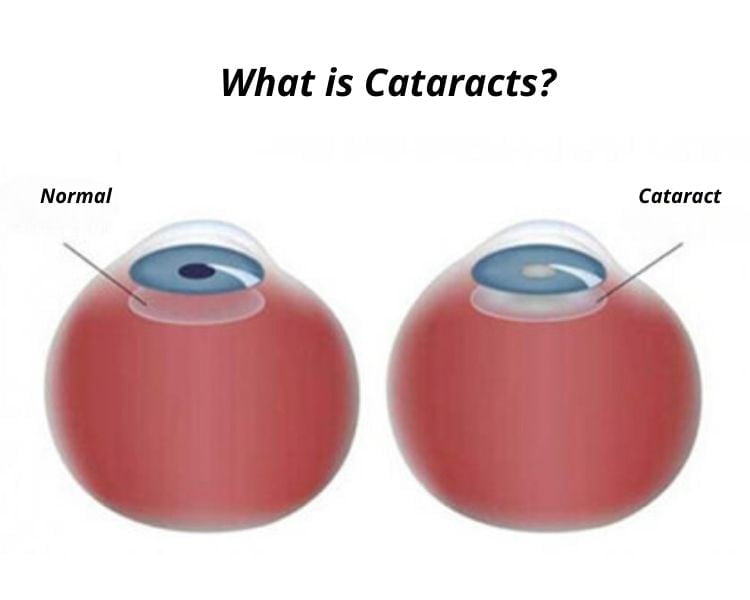
What Is Cataract?
A cataract is a condition which occurs when the clear lens of your eye becomes cloudy or opaque. This cloudiness can cause changes in your vision, such as blurriness, difficulty seeing at night, or seeing bright colors as faded or yellowish. It’s similar to looking through a foggy or dusty car windshield. This condition is usually a part of the aging process but can also be caused by other factors such as injury or certain medical conditions.
How Does Cataract Start and Affect Vision?
Cataracts typically develop slowly over time.
In the early stages, a cataract may not cause any noticeable symptoms. However, as it grows larger, it can start to interfere with the passage of light through the lens. This can lead to a range of visual impairments.
Individuals with cataracts may initially notice that their vision is less sharp or clear than it used to be.
They might also experience blurriness, difficulty seeing at night, increased sensitivity to light, seeing “halos” around lights, or a fading or yellowing of colors.
Over time, if left untreated, the cataract can cause significant vision loss and even blindness. Despite the progression, this condition doesn’t cause any pain or discomfort in the eye.
Types of Cataracts
There are primarily two main categories of cataracts: age-related cataracts and non-age-related cataracts. Age-related cataracts include nuclear cataracts, cortical cataracts, and posterior subcapsular cataracts.
Non-age-related cataracts encompass other types that may have different causes and characteristics.
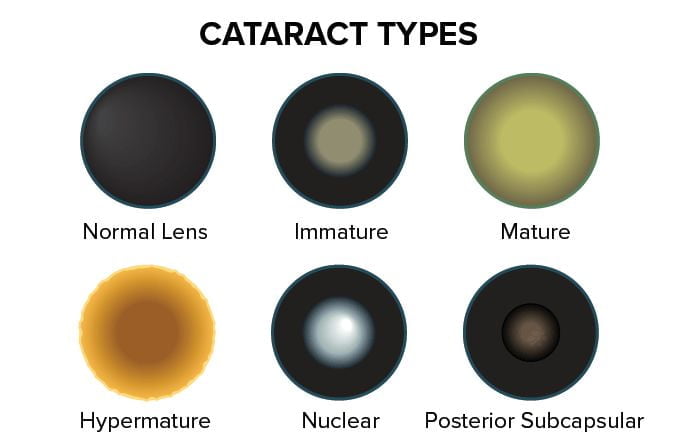
There are primarily three types of age-related cataracts:
- Nuclear cataracts: These form in the center of the lens, known as the nucleus. Most often associated with aging, nuclear cataracts can cause the lens to harden and turn yellow. Over time, the altered lens may turn brown.
- Cortical cataracts: These begin at the outer edges of the lens, known as the cortex, and work their way to the center. They appear as wedge-shaped whitish streaks on the outer rim of the lens. As it progresses, these streaks extend towards the center and interfere with the passage of light.
- Posterior subcapsular cataracts: These form at the back of the lens. They initially appear as a small, opaque area that directly blocks the path of light as it attempts to pass through the lens. These cataracts tend to progress faster than other types and can cause symptoms relatively quickly.
Non-age related cataracts include:
- Congenital cataracts: These are present at birth or develop shortly after birth and can be inherited from the mother during pregnancy or caused by an infection during pregnancy.
- Traumatic cataracts: These occur as a result of injury to the eye and may develop immediately or years after the trauma.
- Secondary cataracts: These can develop as a complication of another eye condition or medical condition, such as diabetes. They may also be caused by long-term use of certain medications, such as steroids.
- Radiation cataracts: Exposure to high levels of radiation, such as during cancer treatment, can lead to the development of cataracts.
Each type of cataract may cause different symptoms and may require different treatments. It’s essential to consult with a healthcare professional for an accurate diagnosis and appropriate treatment options.
Symptoms of Cataracts
Cataracts can present a range of symptoms, but we will focus on the main ones that are commonly experienced.
- Blurred or Cloudy Vision: The primary and most common symptom of cataracts is experiencing cloudy or blurred vision. What was once clear becomes less defined, making it harder to see details.
- Sensitivity to Light: People with cataracts often find bright lights uncomfortable or glaring. This is particularly noticeable when driving at night as the headlights from oncoming traffic can seem excessively bright.
- Seeing Halos Around Lights: Another common symptom is seeing halos around lights. These appear as bright circles around both low-light and bright light sources.
- Fading or Yellowing of Colors: Cataracts can affect color perception, causing colors to seem faded or yellowish. This symptom is often subtle and noticed gradually over time.
- Double Vision in one eye: Some people with cataracts experience a symptom called monocular diplopia or double vision in one eye.
- Frequent Changes in Eyeglass or Contact Lens Prescription: A frequent need to change eyeglass or contact lens prescriptions could be a sign of cataracts.
Remember, these symptoms can also be indicative of other eye issues, so if you’re experiencing any of these symptoms, it’s essential to consult with an eye care professional. They can provide a comprehensive eye exam to determine the cause of your symptoms and recommend appropriate treatment options.
Causes of Cataracts
The exact cause of cataracts is unclear, but they seem to be related to changes in the structure of lens proteins due to aging. There are, however, several known risk factors that may contribute to the development of cataracts:
Aging: The primary risk factor is age. As you age, the proteins in your eye lenses can clump together, forming a cloudy area.
Exposure to Ultraviolet (UV) Radiation: Prolonged exposure to the sun’s ultraviolet rays without adequate eye protection can increase the risk of cataracts.
Certain Diseases: Conditions like diabetes, hypertension, and obesity can increase the likelihood of cataracts.
Smoking: Studies have linked smoking to an increased risk of cataracts.
Excessive Alcohol Consumption: High levels of alcohol consumption have also been associated with a heightened risk of cataracts.
Eye Injuries, Inflammation, or Surgery: These can lead to secondary cataracts.
Prolonged Use of Certain Medications: Long-term use of corticosteroids and other medications can raise your risk of developing cataracts.
Family History: If your parents or other family members have had cataracts, you may be more likely to develop them as well.
While you can’t completely prevent cataracts, you can slow their development by wearing sunglasses that block UV radiation, eating a healthy diet that includes plenty of fruits and vegetables, not smoking, and limiting alcohol consumption. Regular eye exams are also crucial in early detection and effective treatment of cataracts.
How it is Diagnosed
Cataracts are diagnosed through a series of comprehensive eye exams. Your eye care professional will likely perform some or all of the following tests:
Visual Acuity Test: This test uses an eye chart to measure how well you can see at various distances.
Slit-Lamp Exam: Using a specialized microscope called a slit lamp, the doctor can examine your eyes for any abnormalities.
Retinal Exam: This test allows the doctor to examine the back of your eye for any signs of cataracts.
Tonometry: This test measures the pressure inside your eye and can help detect early signs of glaucoma, which is sometimes associated with cataracts.
If cataracts are detected, your doctor may also perform a contrast sensitivity test to check how well you can see in different levels of light. They may also use a device called an ophthalmoscope to examine the lens and determine the extent of cloudiness.
Early detection is key in effectively managing cataracts, so make sure to schedule regular eye exams with your healthcare professional.
Treatment of Cataracts
The only way to get rid of cataracts is cataract removal surgery. However, if your cataracts are mild, your doctor may recommend non-surgical options to help manage the symptoms. These include:
Eyeglasses or Contact Lenses: In the early stages of cataract development, a change in prescription can improve vision.
Magnifying Devices: For tasks that require close-up vision, using magnifiers or reading glasses can help enhance visual clarity.
Anti-Glare Sunglasses: Wearing sunglasses with anti-glare coating can help reduce the discomfort of bright lights.
If these non-surgical options are not effective, cataract removal surgery may be recommended. Cataract surgery involves removing the cloudy lens and replacing it with a clear artificial lens called an intraocular lens (IOL).
The cataract surgery is typically outpatient, meaning you can go home the same day, and has a high success rate in improving vision. It is one of the most common and safest surgeries performed worldwide. Related Post : Cataract Surgery Recovery.
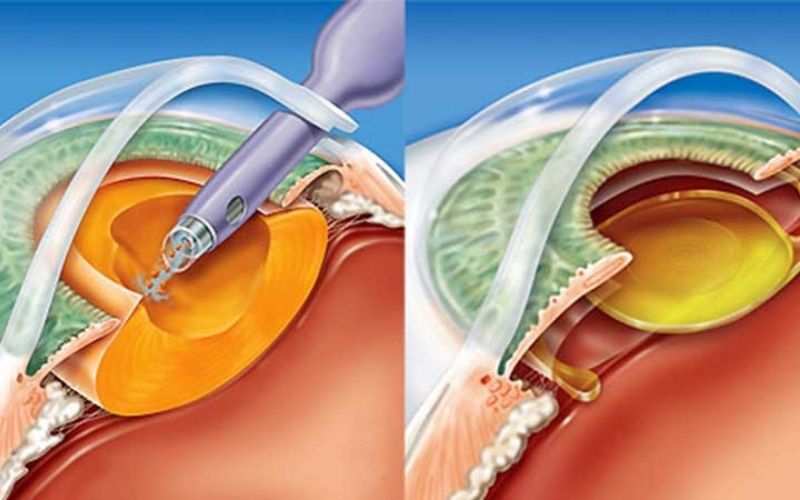
Frequently Asked Questions
While you can’t always prevent cataracts, a healthy lifestyle can reduce your risk.
Cataract removal surgery is the most effective treatment, but other strategies can help manage cataract symptoms.
Cataracts cannot return after surgical removal, but some individuals may experience clouding of the lens capsule.
Untreated cataracts can lead to severe vision impairment, affecting daily life and safety. Additionally, cataracts can cause complications such as glaucoma and retinal detachment.
You will need to arrange for someone to drive you home on the day of your surgery. You should refrain from driving until your doctor confirms that your vision meets the legal requirements for driving.
Cataract surgery is typically painless, thanks to anesthetic eye drops.
Yes, you can choose from different intraocular lens options, including multifocal lenses.
Last Words from The More Clinics
Cataracts can be a significant challenge, but with the right knowledge and medical guidance, they can be effectively managed and treated. The More Clinics is your source for trusted information and support. If you suspect you have cataracts or require more information, don’t hesitate to reach out to our experienced healthcare professionals. Your clear vision and well-being are our top priorities.
GET A FREE CONSULTATION!
Let’s Start Planning Your Treatment %100 Guarantee Results.
Medically Reviewed by Op.Dr.İbrahim Kaya who specialized on Eye Surgery, Retinal Surgery and Optalmology


